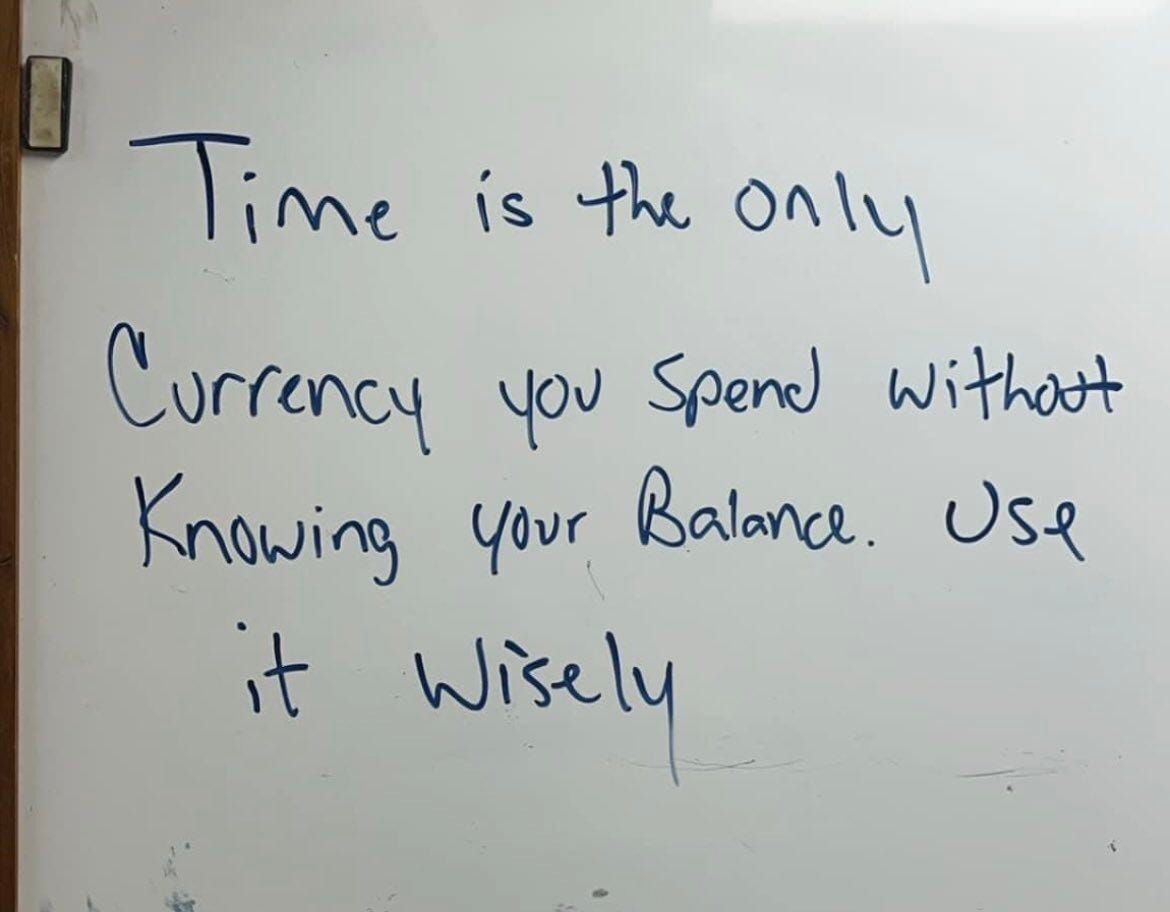
When I’m typing an email or working on my weekly newsletter, I regularly use the Ctrl+Z keyboard shortcut to quickly “undo” whatever I’ve just done.
It’s handy for recovering a word or sentence I’ve just deleted, restoring a file back to it’s original location after I’ve moved it, or undoing a formula change in a spreadsheet.
And for you cool kids using a Mac, Cmd+Z does the same thing.
But what if you need to “redo” something you just “undid” with Ctrl+Z?
Just hit Ctrl+Y to “redo your undo.”
Fortunately, there are times when you can use the equivalent of Ctrl+Z when it comes to your money decisions.
Some money decisions are revocable (you can undo them) while others are irrevocable (they’re virtually impossible to undo).
One obvious example comes from estate planning…
You can create a “revocable living trust” which has many benefits, but you can ultimately undo or unwind it if you choose. Many of my clients have set up this type of trust.
There are also “irrevocable trusts” that are typically more permanent in nature. I have a couple of clients with these trusts.
Speaking of estate planning, you can hit Ctrl+Z on your beneficiary designations on retirement accounts and insurance.
Just be sure to review them regularly.
In your portfolio, it’s usually quick and easy to sell an investment you’ve made.
And while you may or may not profit from the sale, most investments are liquid.
Or they should be.
Unless you’re sold an annuity with years upon years of surrender charges.
Or an “alternative” investment that reduces or eliminates access to your funds for a period of time.
I don’t recommend annuities, alternative investments, or anything else that ties up your money behind fees or other obstacles.
Beware of those that do…
In virtually every scenario I can think of, I would recommend placing a premium on your ability to maintain choice and flexibility.
While I’m not saying you should “undo” your decisions, it’s nice to have that option, isn’t it?
Here are a few more:
Once December 31st has passed by, there’s very little you can do to influence your income taxes for the prior year. Other than contributing to a retirement account, an HSA, or a couple of other strategies, your prior-year income taxes become essentially irrevocable.
Some life insurance is more easily “undoable” than others. This is why I almost always recommend term life insurance instead of “permanent” life insurance.
You can change your monthly retirement income plan as needed.
And there was a time when you could undo a Roth IRA conversion. It was called “recharacterization.” But laws change and you can’t undo a Roth conversion any longer.
If you have an annuity, once you annuitize it (turn it into an income stream), you generally can’t change this.
You can undo your Social Security election within 12 months of starting to receive benefits, but after 12 months you’re locked in.
If you have a pension, you only get one chance to decide if you want to roll it over to your IRA as a lump sum, take monthly payments just for yourself, or take payments that also include spousal benefits.
But what about decisions where it’s not clear if you can hit Ctrl+Z?
Sure, I suppose you can buy a home and attempt to sell it the next week.
But that’s a little more involved - and costly - than buying a mutual fund and selling it the following week.
You can retire and always go back to work later. Hopefully this is a choice and not a necessity.
You know what you absolutely can’t undo?
How you spend your time.
Once it’s spent, it’s gone.
So spend it wisely.
On purpose.
Time is one of the most important elements in your money decisions.
And your life!
If you’d like to discuss your decision making as it relates to your retirement planning, get in touch and let me know.
I work with my clients on a lot of “what if” scenario planning so we can explore and consider the pros and cons of many financial decisions before we make them.
And evaluate if they’re decisions we can undo or not.
If you’re a client, you might have seen some activity in your portfolio over the last week or two…
Right in the midst of this recent tariff-induced market volatility.
I haven’t changed my tune, and my team and I aren’t attempting to time the market.
No, Ma’am!
We have been rebalancing many of my clients’ portfolios.
As stocks dropped violently over a few days, we sold some fixed income and bought more stocks.
While stocks were on “a 3-day sale.”
We didn’t know if stocks were going to keep going down or not.
This is just part of our ongoing portfolio management process.
And it brings your portfolio back closer to your target mix between stocks, bonds, and cash.
Which keeps your portfolio better aligned with your retirement income plan.
Thanks for reading.
Until next Wednesday,
Russ




